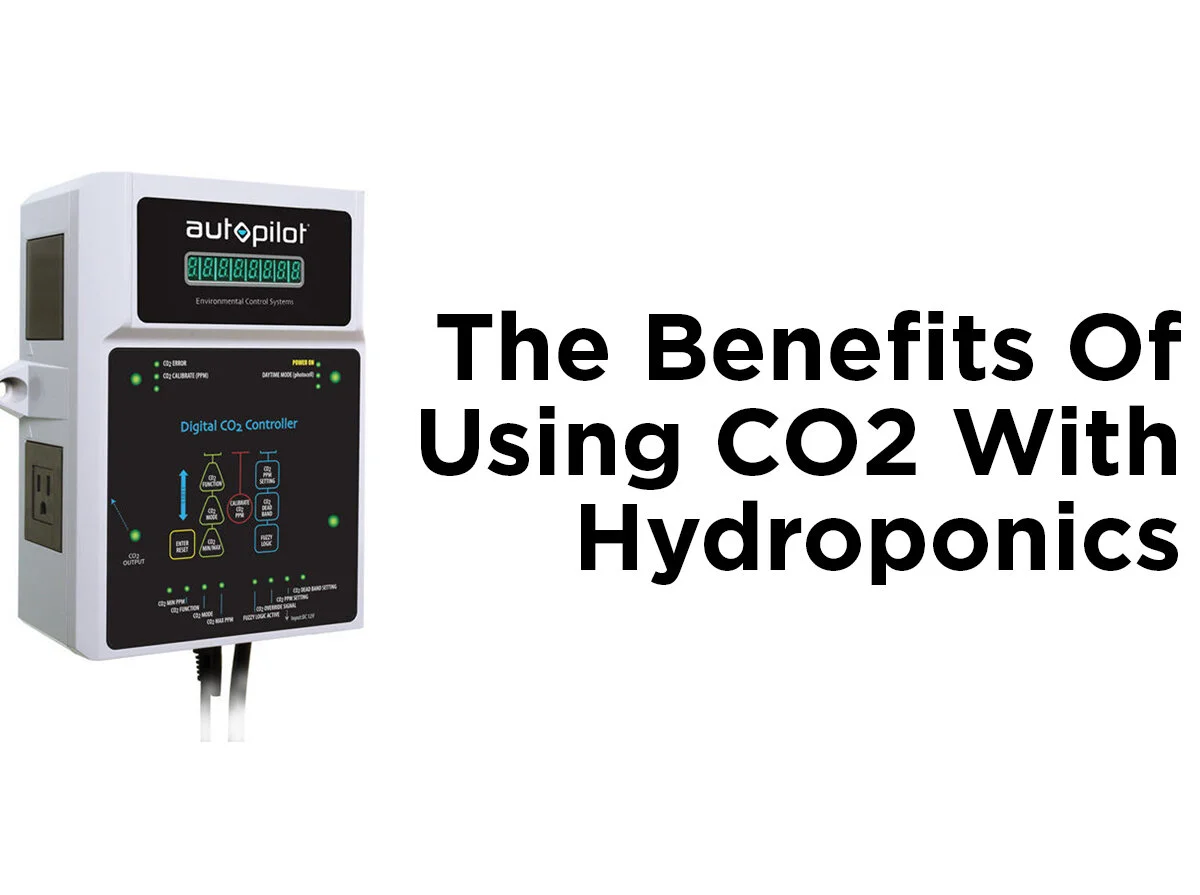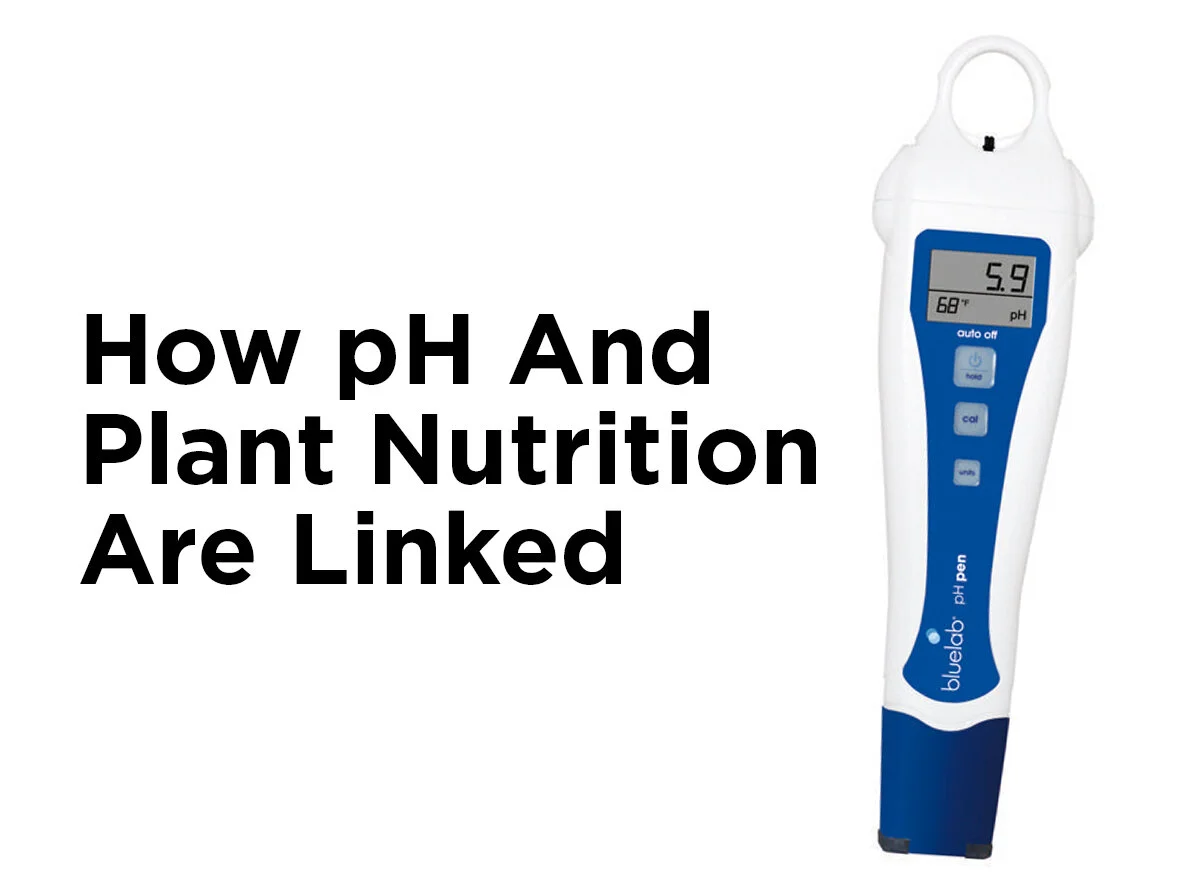Plastic vs Fabric Plant Pots
Setting up a new hydroponics garden can leave you with the grocery store question of “paper or plastic,” although it’s actually a question of what kind of pot you should use for your plants. Yes, fabric and plastic pots are just containers to hold whatever grow medium or soil you want to use, but the pot you choose has a direct effect on the health and well-being of your plants. Knowing the pros and cons of each pot material and how they affect your plants can make a world of difference depending on your plant’s needs and growing environment.
Plastic
Plastic pots and buckets have been used in greenhouses and gardens for decades. Sturdy and reusable, these pots are cheap enough that a few damaged pots in a set won’t even slow you down. They come in a variety of options from perforated aeration pots and net cups to standard solid pots with holes in their bases. But, a standard plastic pot will run into issues with root binding, where the roots outgrow their container and begin to enwrap and tangle themselves within the soil or grow medium. Root binding can waterlog a plant and deny itself the oxygen that roots need to survive. This can be mitigated by net or mesh cups that allow some air-pruning, but binds may still occur. Even worse is the danger of overheating. Plastic prevents the ground from cooling normally and can trap heat within the pot, damaging roots.
Fabric
On the other hand, fabric pots do not last as long, typically two or three seasons at most; are typically more expensive; and require more frequent watering for their contents than a plastic container would. The tradeoff is in root care for your plants. Fabric pots automatically air-prune your plants. Once the roots reach the edges of the soil or medium, they stop growing, allowing for a strong but distributed root network that doesn’t entangle itself. This is because fabric pots readily breathe, keeping roots and soil oxygenated and cool throughout the year. Fabric pots are also easier on the environment since they are bio-degradable, which is why they don’t last as long as the sturdier plastic pots. And since the pots are permeable, water isn’t retained and flows out quickly, so watering should be done more often with a fabric pot than with a plastic pot.
Fabric pots are great for developing strong, fibrous roots and keeping them healthy without needing regular root pruning. They come at a cost since reusability is low and the prices are high. By the same token, fabric pots have less of an environmental impact than plastic pots do. What do you think? Are the benefits to roots and the environment worth the cost of a fabric pot? Or is it better to just put in the extra work and care demanded by a plastic potted plant? Let us know in the comments or through Facebook, Twitter, LinkedIn, or Pinterest!








